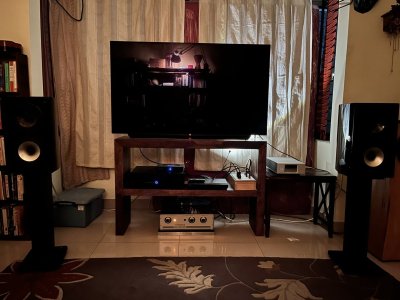My curiosity leads me to try a variety of positions with the speakers that pass through my room. Often the changes are dramatic (Better or worse)
Over time I gradually became aware of the differences between speakers in terms of dispersion and sweet spot and how these seem to affect the imaging and soundstage.
Exploring this further I came across this:

Looking for insights, experiences on the subject.
Over time I gradually became aware of the differences between speakers in terms of dispersion and sweet spot and how these seem to affect the imaging and soundstage.
Exploring this further I came across this:

Looking for insights, experiences on the subject.

